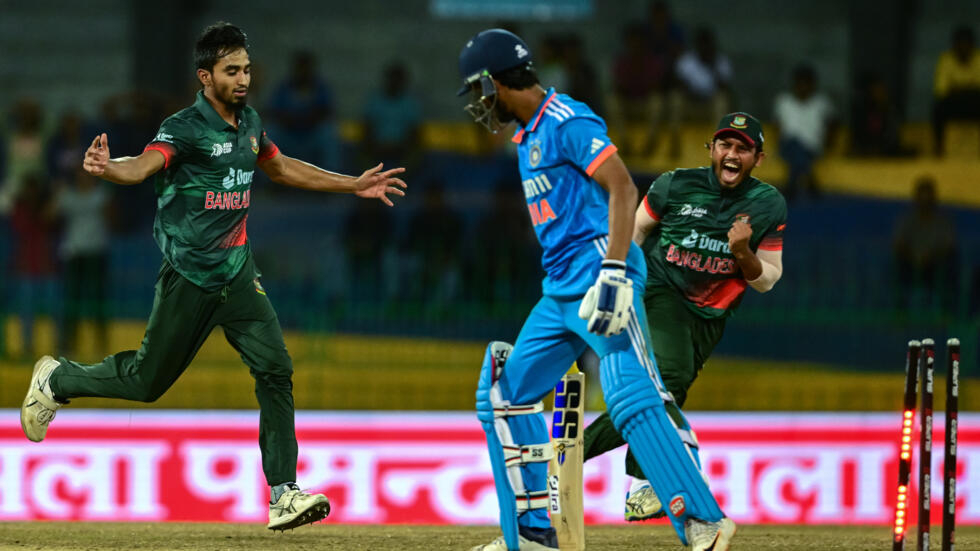Black_cats
ELITE MEMBER

- Joined
- Dec 31, 2010
- Messages
- 10,031
- Reaction score
- -5
Bangladesh, Pak Have Higher Percentage Of Women In Lower House Than India
New Parliament building: India's figure of 15% is also much lower than the global average of 26%.
ndia News Reported by Priyanshi Sharma, Edited by Rohit Paul
Updated : September 19, 2023 4:40 pm IST
New Parliament building: The Women's Reservation Bill has been tabled by Law Minister Arjun Ram Meghwal
New Delhi: The Women's Reservation Bill, which has been tabled in Parliament on Tuesday, addresses a very urgent need. India ranks 141 among 185 countries in terms of the percentage of women in the Lok Sabha and its figure of 15% is not only lower than the global average but also neighbours like Bangladesh, Pakistan and Nepal.
Data from the Inter-Parliamentary Union, the global organisation of national parliaments, shows that the percentage of women in the lower house of Parliament in India is only 15%, which is much less than the global average of 26%. The data takes into account the lower houses of parliament for countries that have a bicameral legislature (an upper house and a lower house), or the parliament for those with a unicameral legislature, or only one house.
In Pakistan, which has been taking steps for women's reservation since 1956, the figure is 20%. The country had reserved 17% of the seats in the National Assembly for women in 2002.
Bangladesh has a unicameral legislature and 50 out of 350 seats in its 'Jatiya Sangsad' are reserved for women. The current percentage of women in the country's parliament is 21.
At 33.09, the percentage is much better for Nepal, but very close to the one-third of seats for women that had been reserved for women in 2007. The lower house of the Nepal parliament is called the House of Representatives.
The figures for countries like the US and the UK are 29 and 35, respectively. According to the data, some of the countries that have a lower percentage of women representatives than India are Sri Lanka (5%), Qatar (4%), Oman (2%) and Kuwait (3%).
At 50%, countries that have equal representation of men and women include New Zealand and the United Arab Emirates. The list is topped by Rwanda, with 61% of representatives in its lower house being women.
The Women's Reservation Bill, which has been tabled by Law Minister Arjun Ram Meghwal, seeks to provide 33% reservation for women in the Lok Sabha and state legislative assemblies. The percentage of women in the Rajya Sabha is about 14, according to data shared by the government last year.

Bangladesh, Pak Have Higher Percentage Of Women In Lower House Than India
India ranks 141 among 185 countries in terms of the percentage of women in the Lok Sabha and its figure of 15% is not only lower than the global average but also neighbours like Bangladesh, Pakistan and Nepal.








